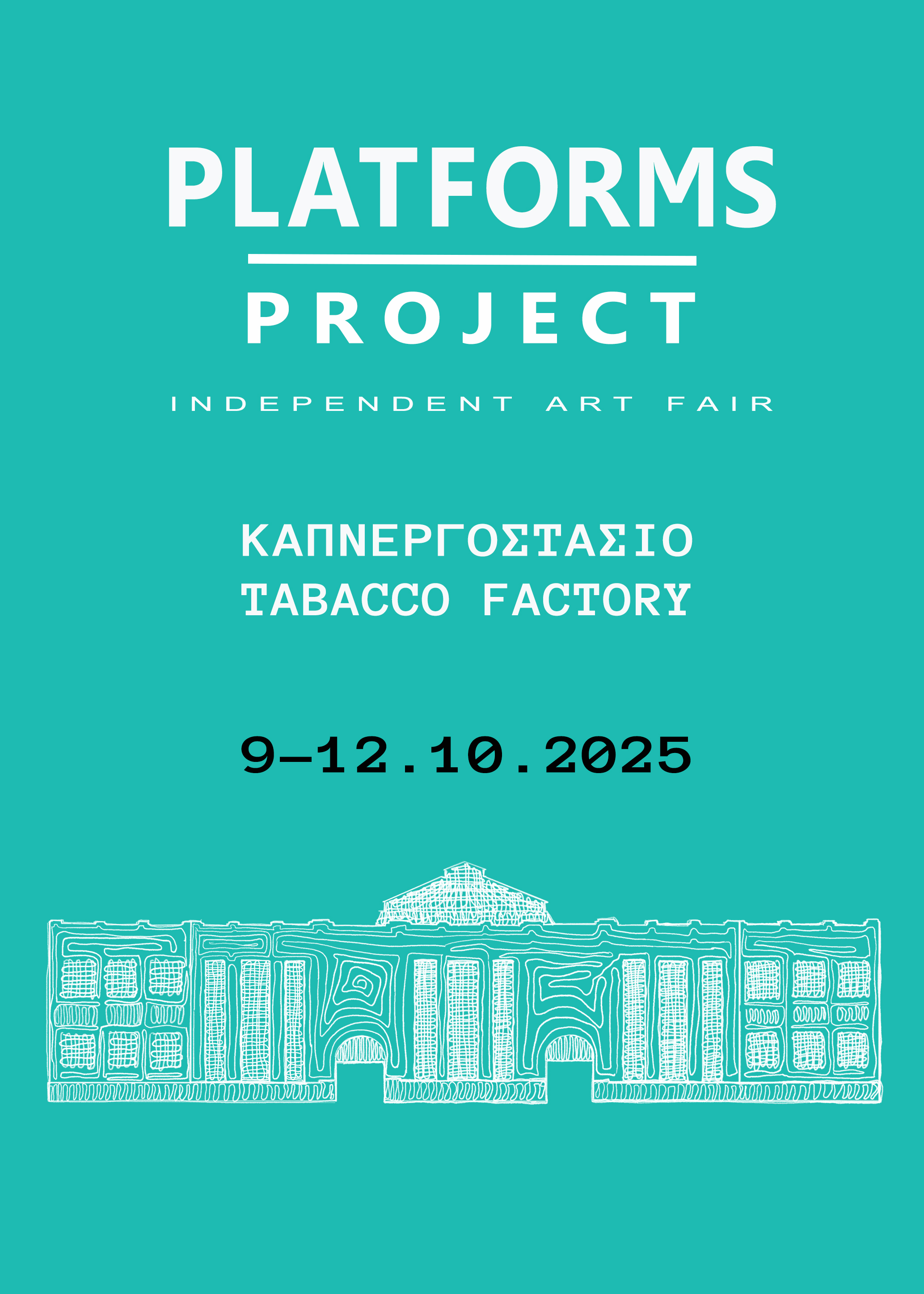Dimitra Kotoula
Heads of Satyrs
“I did only Satyrs. I wanted to stop
their sarcastic laughter, which was making me go mad.”
Yannoulis Halepas, 1878
I have every right to be alone
–a minute presence–
I alone have every right
to scrutinize
the well-crafted volumes,
the dark grimaces on this marble.
I want to understand
(try to understand)
what it is that insists the mind have its freedom
what –with the utmost refinement–
then asks the brain to give back its freedom
the whole story
the scenario and the hammer.
*
The artist tried to do this.
It is 1878.
The Acropolis exists.
This country exists (exists?)
“under observation” –so be it–
and “in deteriorating condition ”
the sneering face distilled through the wrinkles
(he can almost envisage their movements
flowing like holograms through this marble)
whatever exists will be destroyed
every single clay model
every single study
the soul exposed
to this spontaneous repetition
inundating the empty air (empty?)
the air filled with empty meaning
don’t turn around/ don’t believe it/
don’t deceive your mind with these ghosts
*
I have every right to be alone
I alone have every right
to observe
this face
the laugh on this face
eroding consciousness
emerging elastically
the whole face a laugh
drenching/ for years now/ the mind/ bending it
to the point of utter resistance
where only the wind can bend it.
The world becomes smaller and smaller – almost empty.
(what is the true, the primal essence of things)
The mind stops resisting.
The hands remain inert.
I have every right to be alone.
I want to stop this laughter.
I want to hear beyond it.
* In the winter of 1877-1878, the famous Greek sculptor Yannoulis Chalepas suffered from a severe nervous breakdown: he destroyed hundreds of clay models, studies and sculptures, mainly of heads of satyrs. He was put ‘under observation’ and, ultimately, sent to Italy to recover. He soon returned to Greece to study the sculpture of the Acropolis but ended up in a public psychiatric clinic on the island of Corfu.
– transl.: Richard Pierce
[An earlier version of this translation was published in Theodoros Chiotis (ed.), Futures – Poetry of the Greek crisis (Penned in the Margins, London, 2015).]
~
Rare is the good poet — Greek or other — who is prolific. Even so, Dimitra Kotoula’s poetic production could legitimately be termed scarce: two books, Three Notes for a Melody [Tris Notes yia mia Moussiki] (Nefeli Editions, Athens 2004) and The Insistent Narrative [I Epimoni Afiyissi] (Patakis Editions, Athens 2017), of 80 or fewer pages, spaced over 13 years. (Fortunately, a third is in the offing.) This scarcity, however, goes hand in hand with a marvellous and quite unusual condensation in her diction — which, happily, never leads to obscurity. Her choice of the telling detail, and of the appropriate moment to reveal it; the frequently narrational substratum; her rhetorical ‘pointing’ and ‘guiding’ of the reader, for example in her frequent asides; her distancing devices: going back over herself, offering alternative formulations; all contribute to an astonishing (and highly enjoyable) limpidity. One might be tempted to say: almost to a succulence — such is the physicality of the images that her poetic intelligence chooses in order to convey intellectual concepts and a burning spirituality of the highest order.
This poem about the famous Greek sculptor Yannoulis Halepas (1851-1938) — who moved from the purest classicist romanticism of his marble statues to a surprising proto-expressionism of his own devising in his later clay works— bears witness to Kotoula’s expert manipulation and weaving of, as well as her dexterous movement within, her apparent subject matter. Ostensibly about the long considered mad Halepas, the poem is also about his country, then and now — and also about the practice, meaning, and reception of every work of art; ultimately, of the artistic stance itself. The “I” of the poem is equally that of the sculptor, the poet, and the reader. In general, whether in her long poem sequences (her first book consists entirely of three such sequences; her second one contains two) or in her more usual long poems, D.K. couches her aesthetic and moral concerns in tangible images, often of striking immediacy, so that the result is never dry, and intellectualism is eschewed.
Born in 1974 in Komotini, Greece, D.K. studied history, archaeology and history of art in Greece, the U.K. and the U.S.A.. Her knowledge of, and interest in art invests her entire work. She has translated, among others, Sharon Olds, Louise Glück and Jorie Graham. Her own poems, translated in 11 languages, have been featured in literature festivals, poetry anthologies and journals in Europe and the U.S.A.: Poetry Review, The Columbia Review, Mid-American Review, The Denver Quarterly, Anomaly/Drunken Boat, The Blue Lyra, New Poetry in Translation, Poesis International, Nuori Voima, Lyrikvännen, a.o.. She works and lives, with her daughter, in Athens, Greece.
More poems by D.K. in English online:
http://www.greekpoetrynow.com/poet_poems_eng/kotoula_poems.html
https://poets.gr/en/poets/kotoula-dimitra/235-kotoula-dimitra
http://newpoetryintranslation.com/kotoula.html
https://www.lyrikline.org/en/poems/topiografies-i-6675

Photo credit: Margarita Myrogianni, 15:30, 2016. Photograph print 1/1 + 1a. From the exhibition Curved Arrows, curated by Kostis Velonis. Currently on show at Kunstraum am Schauplatz, Vienna.
